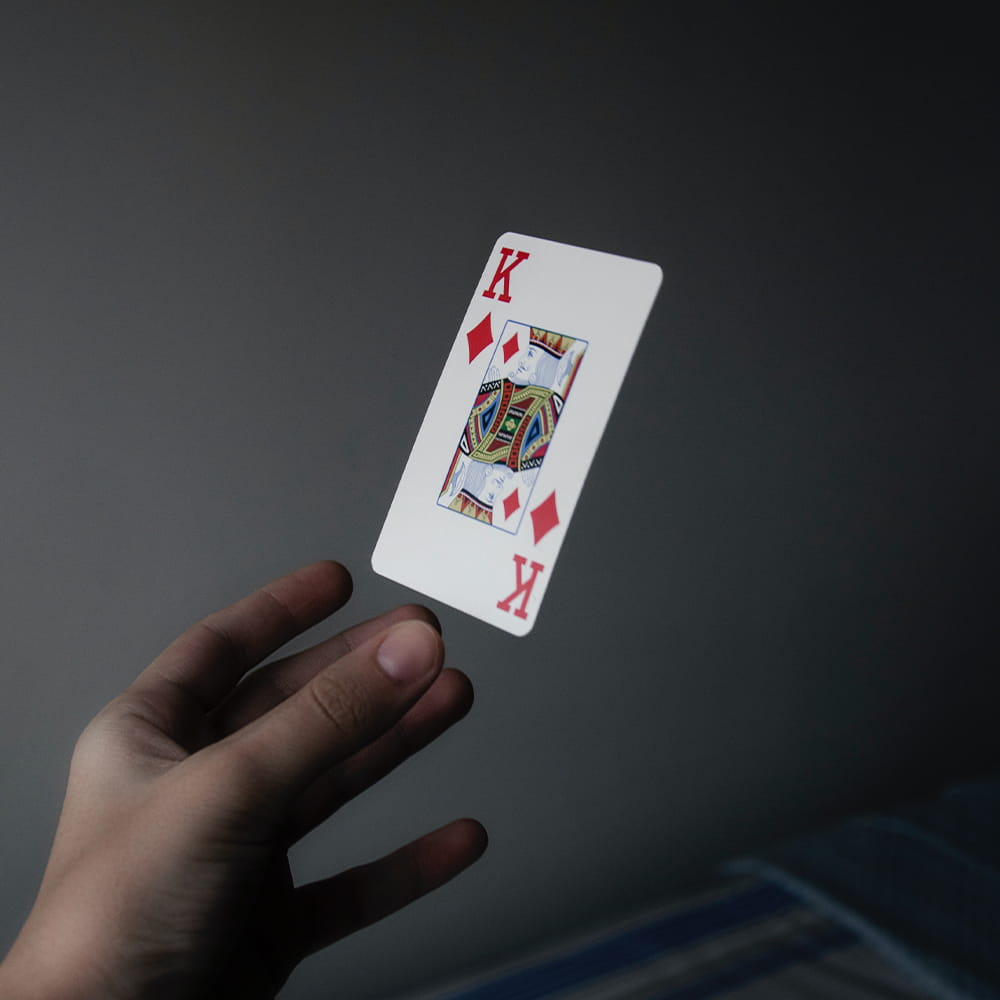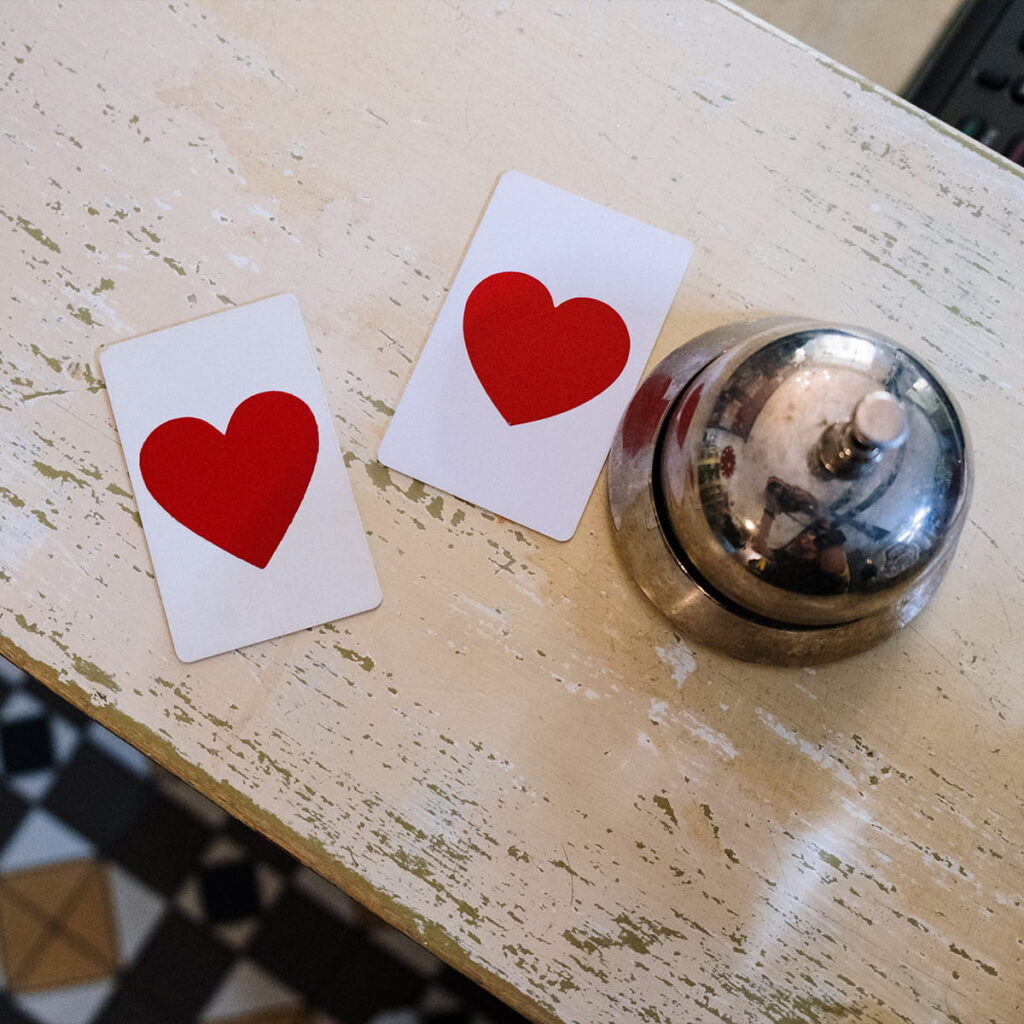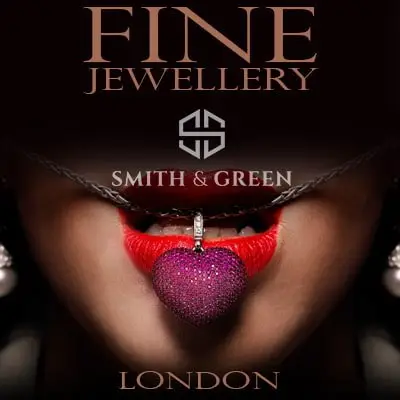While it might be gloomy in the UK, the build-up to Christmas is often one of the busiest times of the year for town centres. Sadly, Britain’s oldest casino – Crockford’s – will miss out on the rush this year after being unceremoniously shuttered for good.
Fallen Aristocracy
Part of the problem at Crockford’s is one facing many brick-and-mortar establishments, namely, that live entertainment has found a new home online. Casino and bingo gaming are now accessible anywhere.
Paddy Power Online Bingo offers traditional 75, 80, and 90-ball bingo on mobile and desktop but the recent development of ‘live’ bingo games, which provide an authentic experience with a human dealer, has brought the virtual game closer to the offline one.
This means that Crockford’s is no longer able to provide a setting that can’t be found anywhere else – although, given its association with fine living and a now-fallen aristocracy, that’s debatable.
The official reason for Crockford’s demise is that it can no longer attract the kind of free-living person it was once famous for. This does make some kind of sense, as Mayfair has also lost the upmarket Ritz Club and The Clermont in Berkeley Square in the last few years.


Curzon Street
So named for local fishmonger and founder William Crockford, Crockford’s opened its doors in 1823 in a post-Napoleonic Mayfair, during a rare period of peace in world politics. It closed in 1970 though, making the current establishment seem a bit anomalous.
In fact, the modern Crockford’s was living a lie. Built on 50 St. James’s Street, a site that has been virtually unused since 2014, the casino was most recently found just under a mile away on Curzon Street.
The latter has nothing to do with the original Crockford’s, other than its shared name. Still, Time Out Magazine claims that the brand is worth £80 million, despite its identity crisis – and even as staff are shown the door.
Earl of Sefton
Crockford’s managed to find worldwide fame during its long history. The casino on St. James’ Street had a lengthy piece dedicated to it in the Smithsonian Magazine way back in 2012, which revealed that the Duke of Wellington was a member of the club.
Perhaps most famous of all was the sheer amount of money that changed hands during Crockford’s reign (both the man and the club). The casino owner managed to earn the equivalent of £131 million by the time he died, allegedly broken-hearted.
The aristocracy would regularly play with hands worth thousands. The then-Earl of Sefton reportedly lost a sum equal to £27 million today during his time at the casino, a figure that demonstrates just how brazen – or foolish – Crockford’s contemporaries were with their money.
Ultimately, Crockford’s story is one of excess that seems to have run afoul of tighter purse strings in the new decade. Whether it will live again, as the original casino did in 1928, having closed in 1845, is anybody’s guess.
















